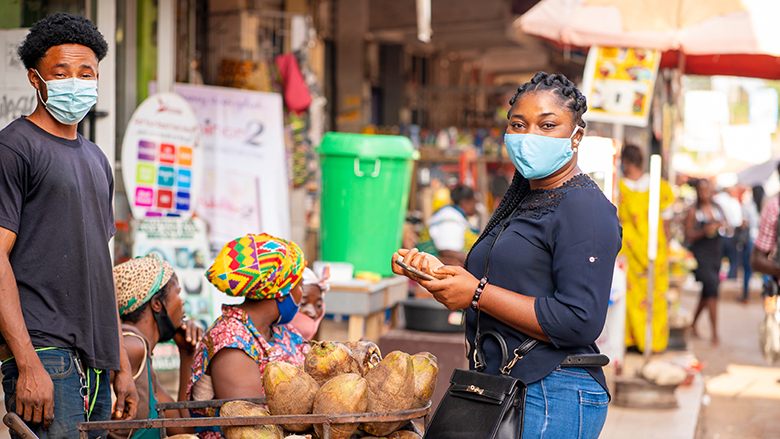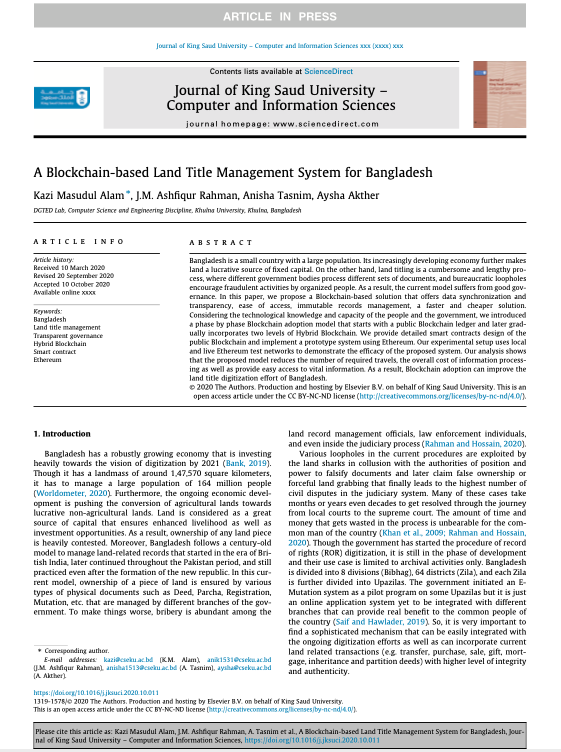Diversification of smallholder rice-based cropping systems has the potential to increase cropping system intensity and boost food security. However, impacts on resource use efficiencies (e.g., nutrients, energy, and labor) remain poorly understood, highlighting the need to quantify synergies and…
This study measures the economic contribution of International Rice Research Institute’s (IRRI) Germplasm Health Unit (GHU) to a breeding program that aims to avert yield losses from rice blast disease (Pyricularia oryzae Cavara) in Bangladesh. We first conceptualize the general pathways…
The Bangladesh Rice Research Institute (BRRI) has released more than 100 inbred rice varieties. Still, an old mega variety BRRI dhan28 dominates the farmers’ fields during the dry winter (Boro season: November–June) season. This variety is very susceptible to different diseases and insects,…
Rohu Labeo rohita (Hamilton) is an economically and culturally significant aquaculture
species in Bangladesh. However, until recently, genetically improved rohu strains have not
been available to Bangladeshi farmers. In 2020, a multiplier population comprised of
highly-ranked…
Smallholder farmers in Bangladesh often use low-density polyethylene (LDPE) bags contained within woven polypropylene bags to store wheat seed during the summer monsoon that precedes winter season planting. High humidity and temperature during this period can encourage increased seed moisture…
The Bangladesh polder zones cover 1.2 million hectares of agricultural land and are home to around eight million people with women playing a critical role in agriculture and food systems. With limited access to and control over productive resources and incomes, women are disproportionately…
Diamonds in the Delta (DiD) is an international research-action network of scholars, water professionals and civil society advocates who are concerned about how climate change compounds problems of flooding and subsidence in delta cities. We – the people in the network – are united in our…
June 4, 2021 -- An increasing number of countries are facing growing levels of acute food insecurity, reversing years of development gains. Even before COVID-19 reduced incomes and disrupted supply chains, chronic and acute hunger were on the rise due to various factors including conflict, socio…
<strong>Many challenges emerged in the last year, which were exacerbated by the pandemic in</strong> <strong>community level: </strong>Indigenous Community People in the Northwestern region of Bangladesh
The Santal Indigenous People are living in the village of…
<strong>Many challenges emerged in the last year, which were exacerbated by the pandemic in</strong> <strong>community level: </strong>Indigenous Community People in the Northwestern region of Bangladesh
The Santal Indigenous People are living in the village of…
Population displacement by extreme weather events have long plagued Bangladesh, a low-lying disaster-prone river delta. The country experiences yearly displacement of approximately one million people and losses of about 1% of its gross domestic product due to cyclones, floods, and riverbank…
Bangladesh is a small country with a large population. Its increasingly developing economy further makes land a lucrative source of fixed capital. On the other hand, land titling is a cumbersome and lengthy process, where different government bodies process different sets of documents, and…






